【Click the above「blue text」 to follow the DF Maker Community and become a tech aesthetician together】

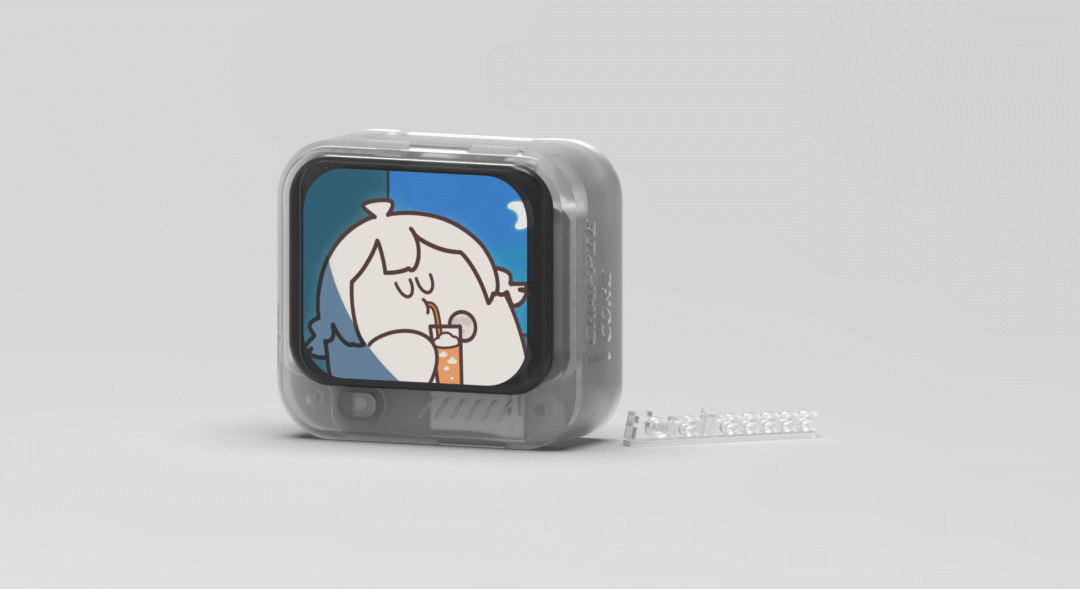
This project originates from the Lichuang Open Source Square, based on the ESP32-S3, featuring an onboard 1.69-inch LCD assembly interface, a buzzer, an SD card slot, and AXP173 power management, with dual-row female headers exposing most pins for baseboard expansion functionality.
The PCB project, Gerber files, enclosure, etc., have all been open-sourced!
Github link: <span>https://github.com/Forairaaaaa/Chappie-Core</span>
Video introduction: <span>https://www.bilibili.com/video/BV1dS4y1p7am</span>
Product Display
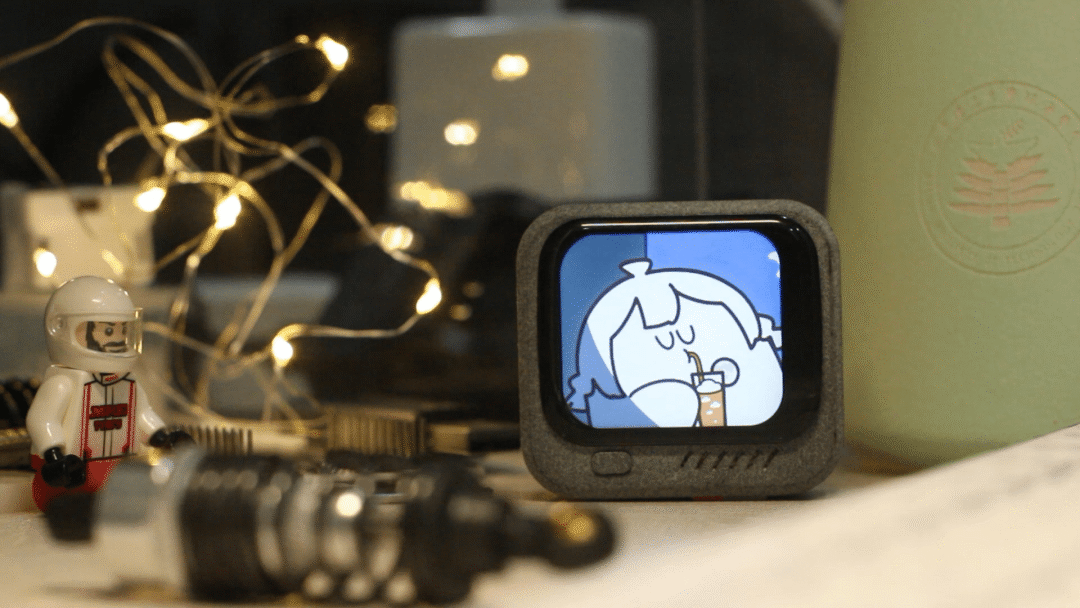
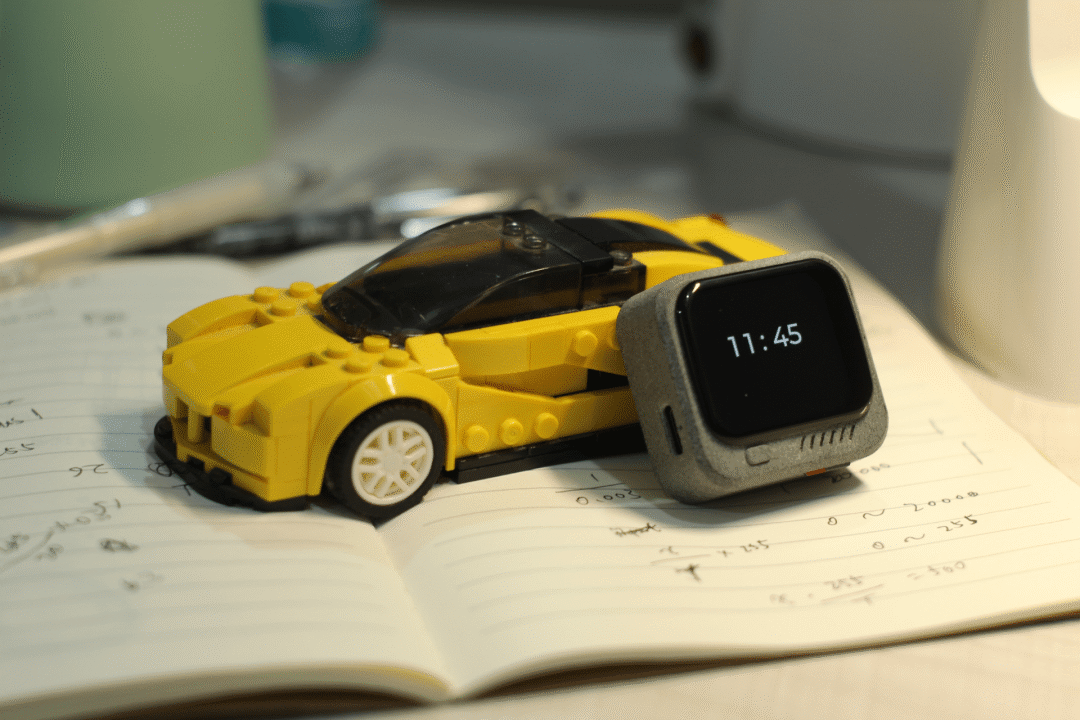
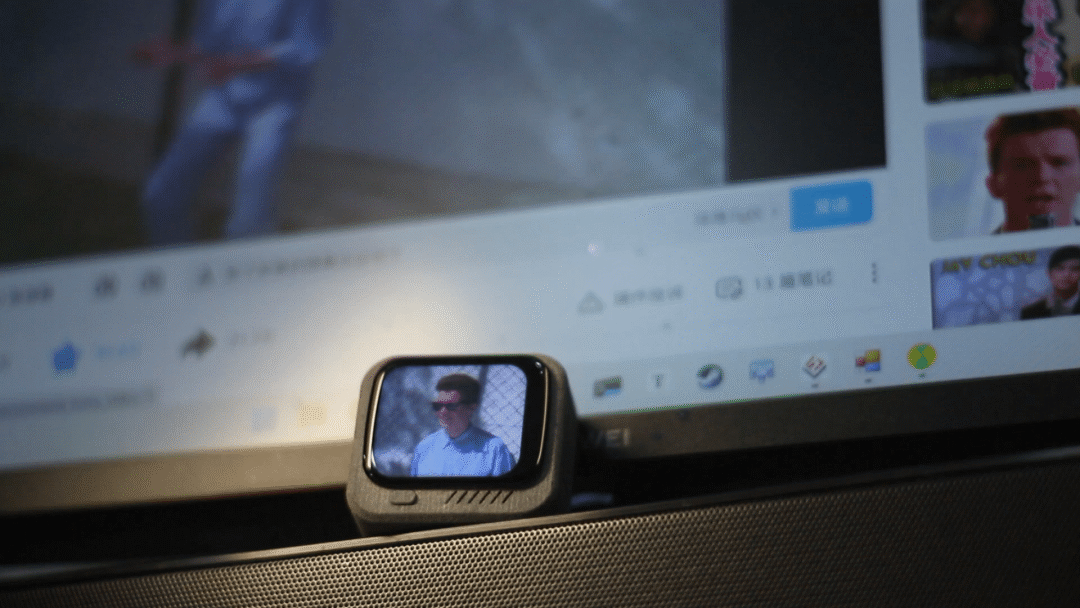
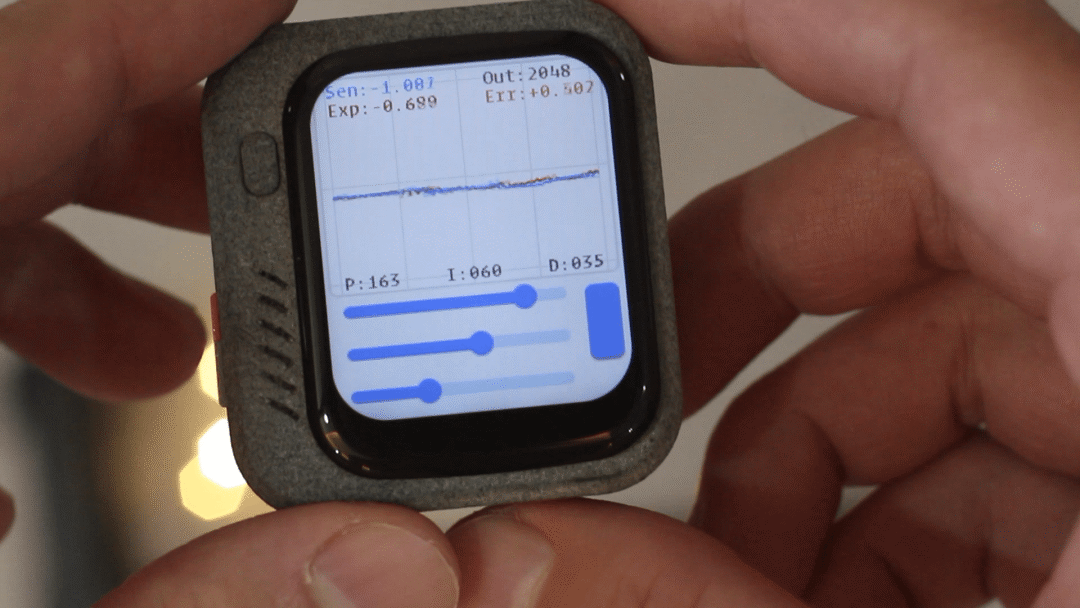
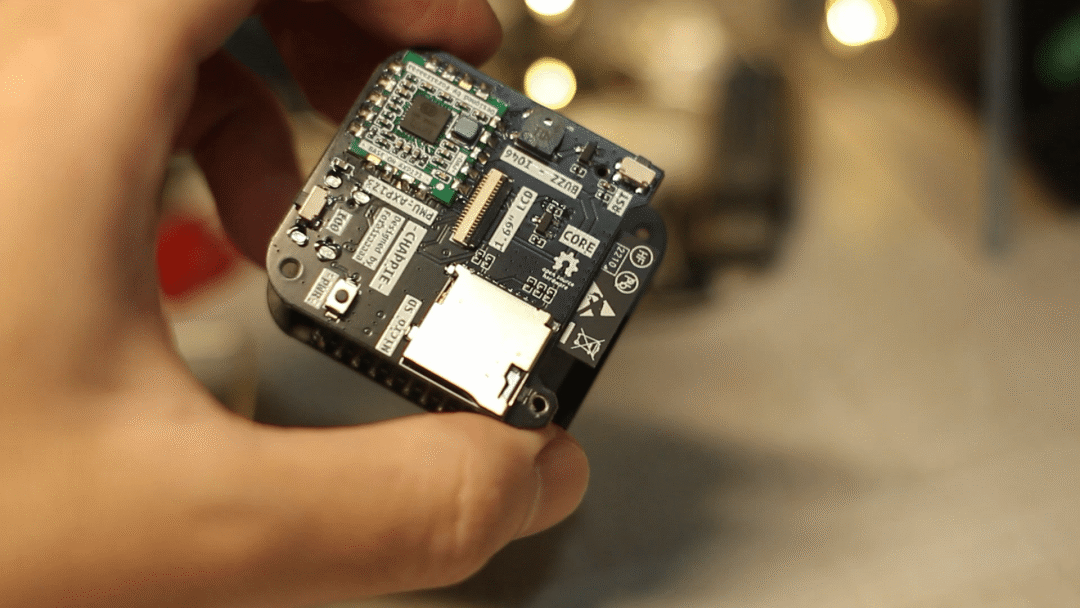
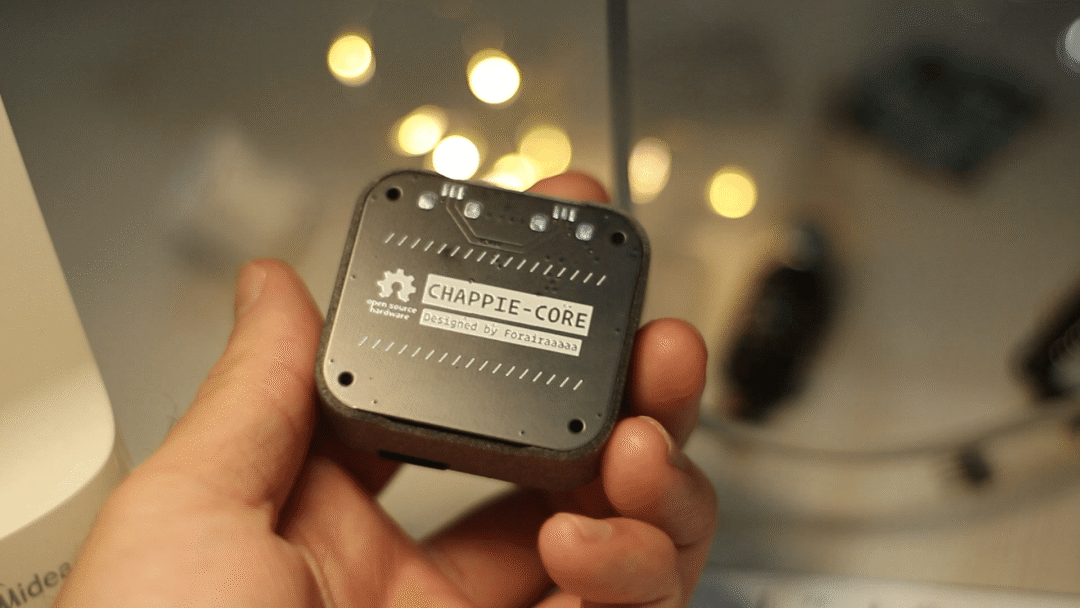
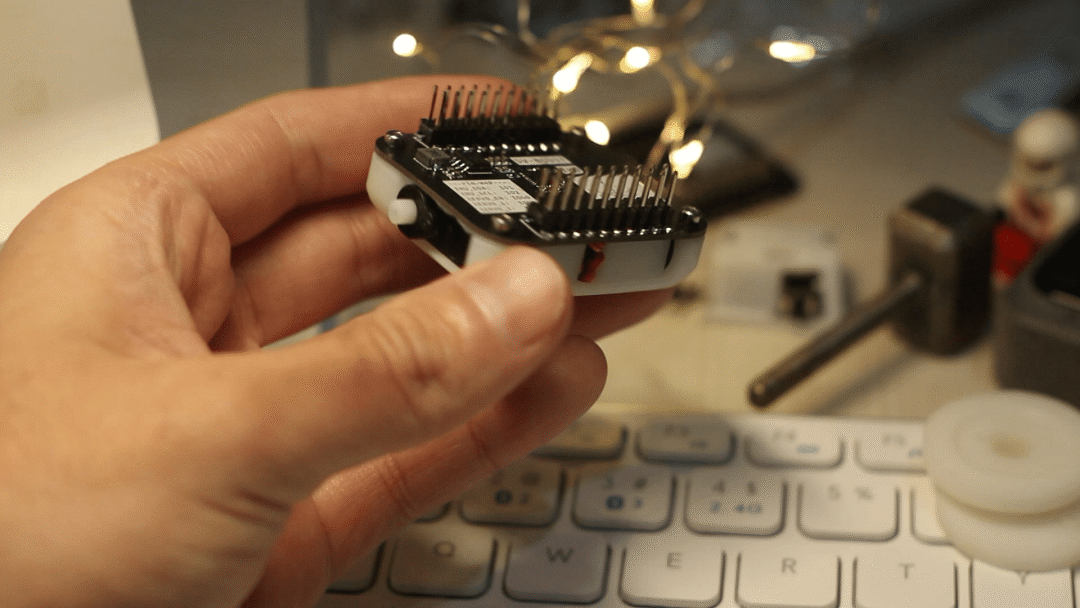
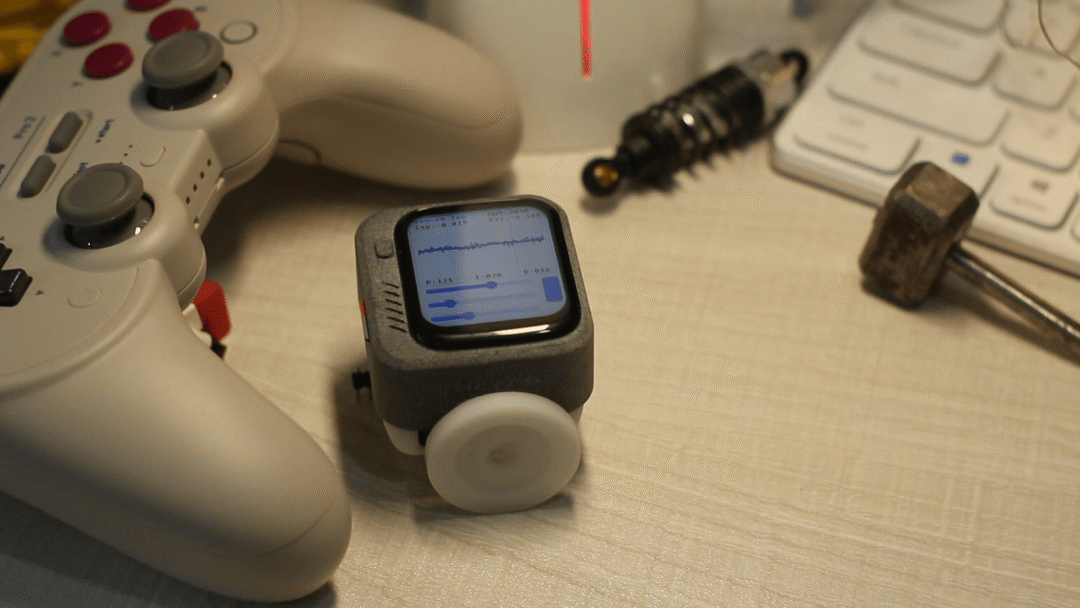
PCB Layout
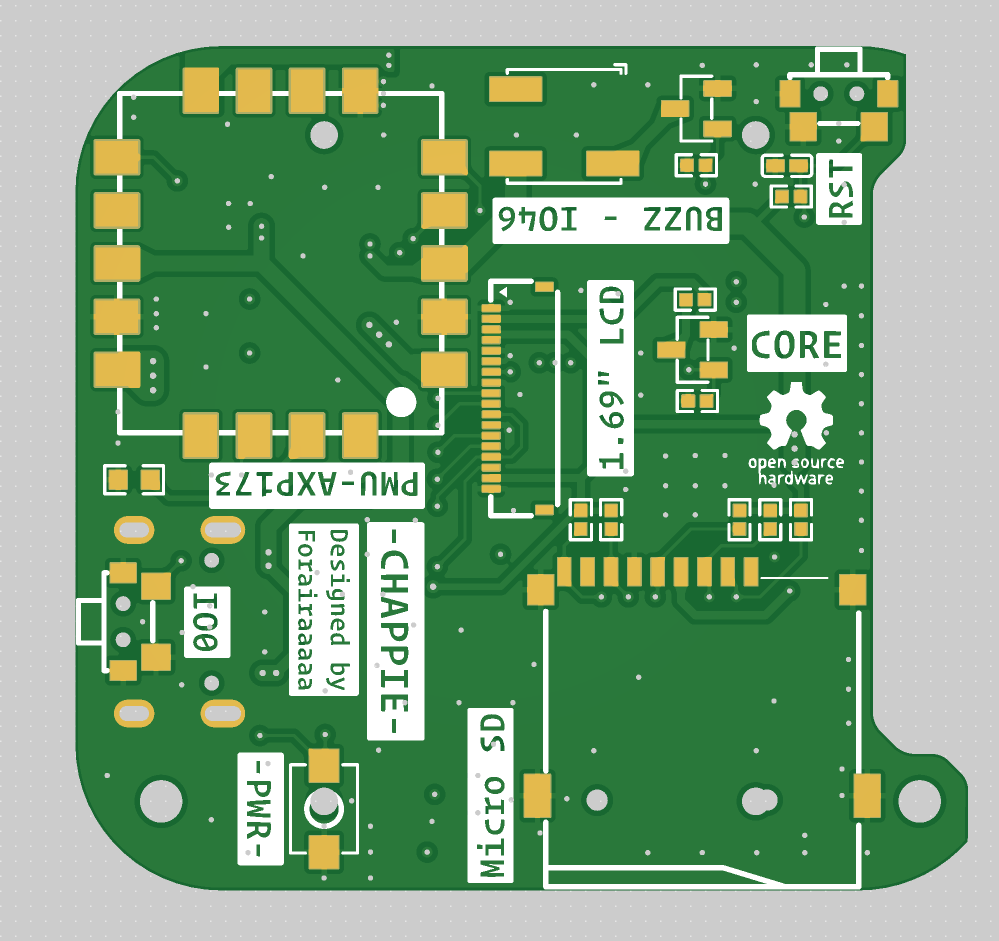
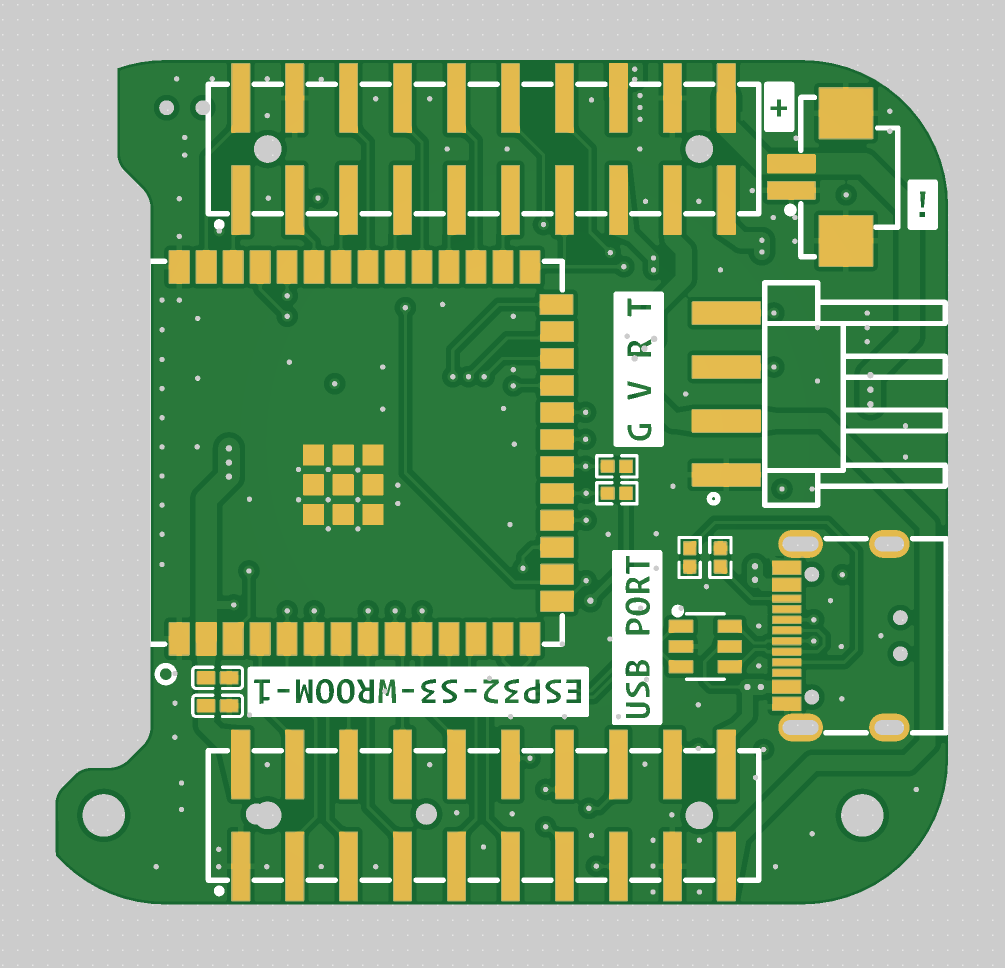
Due to the use of the ESP32-S3 WROOM module and the previously designed AXP173 power management module, the overall circuit composition is not complex.
The overall schematic is as follows:
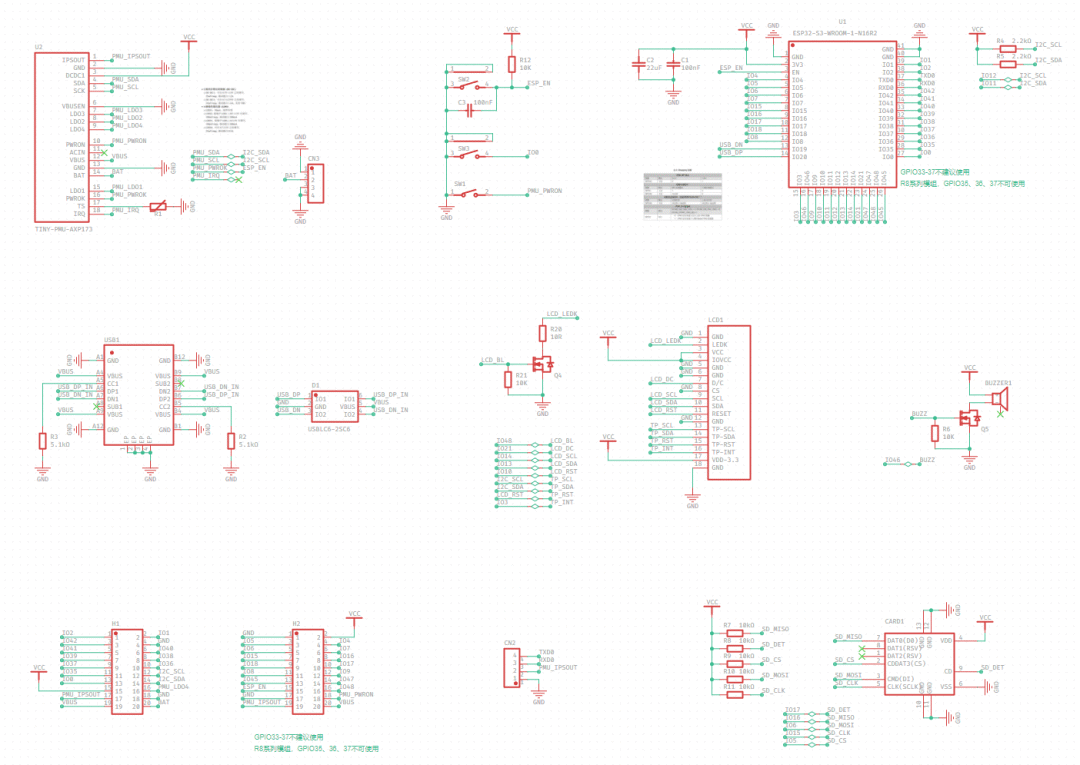
The following structural diagram integrates some commonly used peripheral circuits, exposing the remaining pins through headers for connection to the baseboard to expand functionality.
-
The Type-C interface is directly connected to the USB pins of the ESP32, allowing for program flashing and log printing via a virtual serial port. The default UART0 pins are also exposed through 2.54mm headers, but the enclosure does not have a hole for it~
-
The LCD is connected via SPI, with its touchscreen part connected to the I2C bus.
-
The TF card is also connected via SPI but does not share the same SPI group as the LCD.
-
The buzzer is a standard passive buzzer.
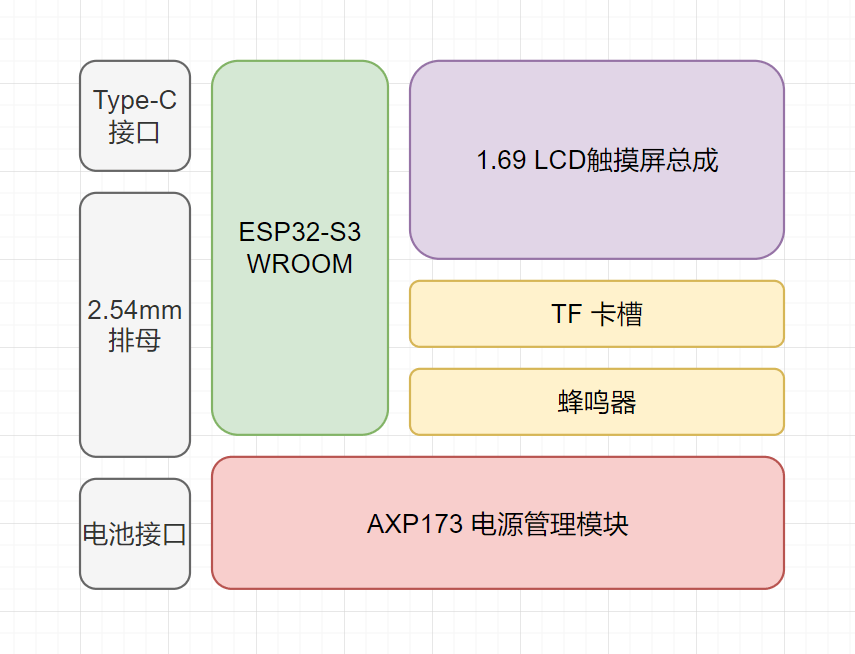
For more information about the power management module, you can check this project: <span>https://oshwhub.com/eedadada/tiny-pmu-axp173</span>
This is the minimum circuit integration of the AXP173 chip, which can provide multiple controllable power supplies, battery information, power switch control, etc.~
If you do not want to use this module, you need to lay out the relevant power circuits in the original module’s position to achieve functionality.
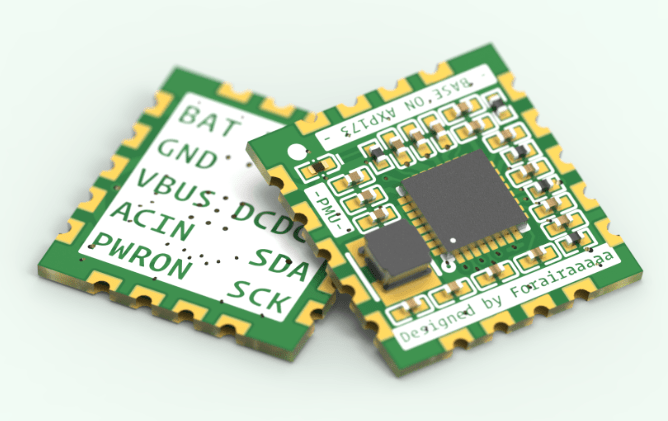
Different baseboards can expand different functionalities,
After connecting the baseboard, it presents a sandwich structure, with the battery placed in the middle. The warehouse provides templates for the baseboard project~
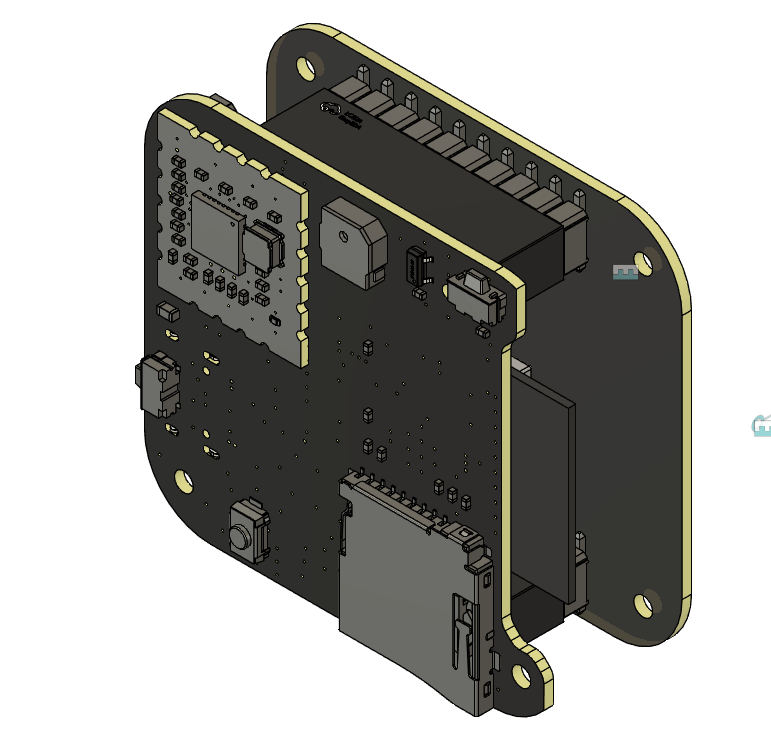
The STL files for the enclosure have also been packaged and organized, with the default design lacking a back cover, using the baseboard template as the rear enclosure. Small buttons need to be printed together; otherwise, they are too small, and the warehouse has already integrated the files.
It should be noted that the enclosure is designed based on a board thickness of 1.0mm, and different board thicknesses may lead to misalignment.
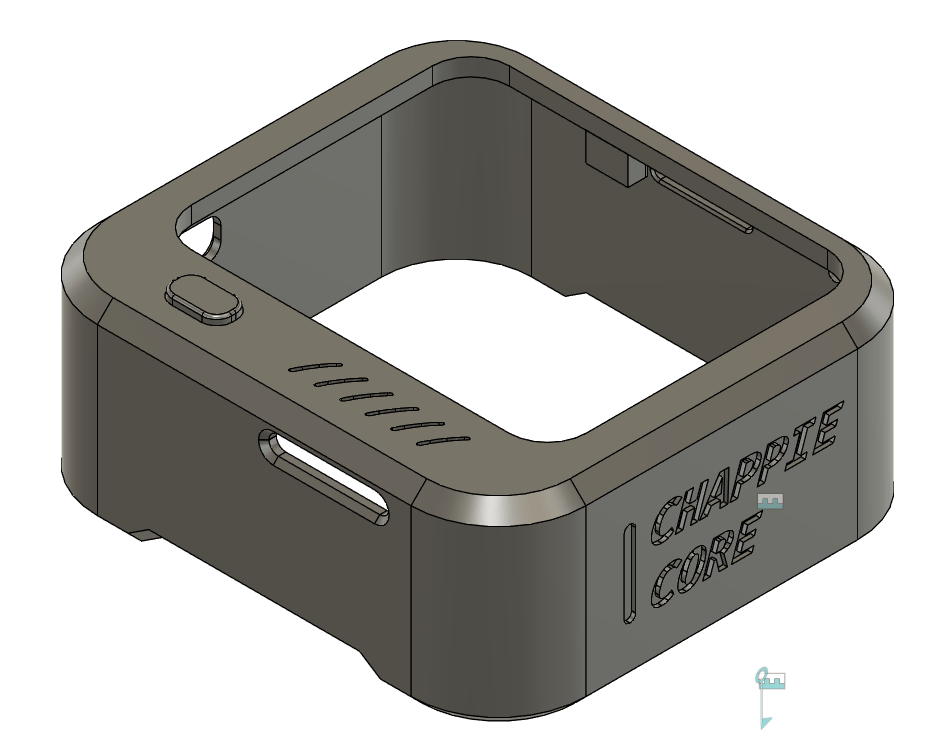
The warehouse also includes an expansion baseboard with an MPU6050 and two 360° servos, providing a 6V power supply for the servos through a DC-DC boost.
The enclosure Gerber files are complete, and the Src contains a real-time acceleration reading example written with LVGL.
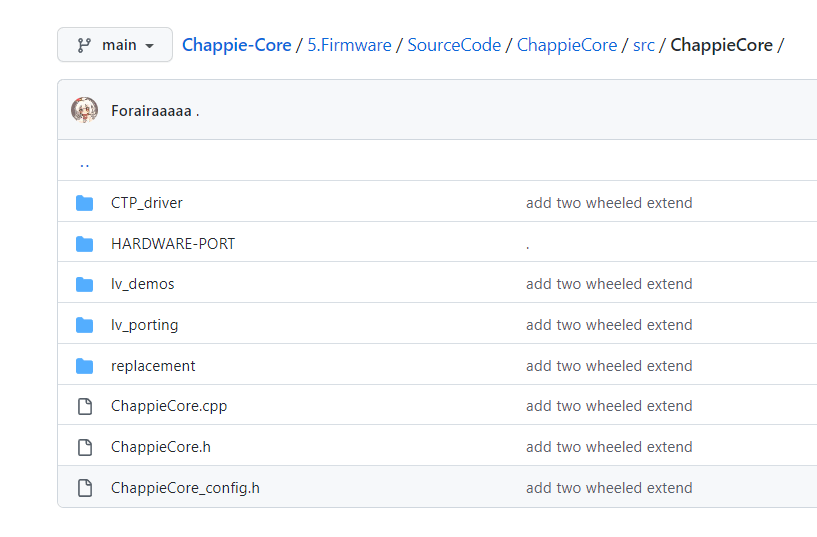
Connecting the baseboard turns it into a handheld mini car~
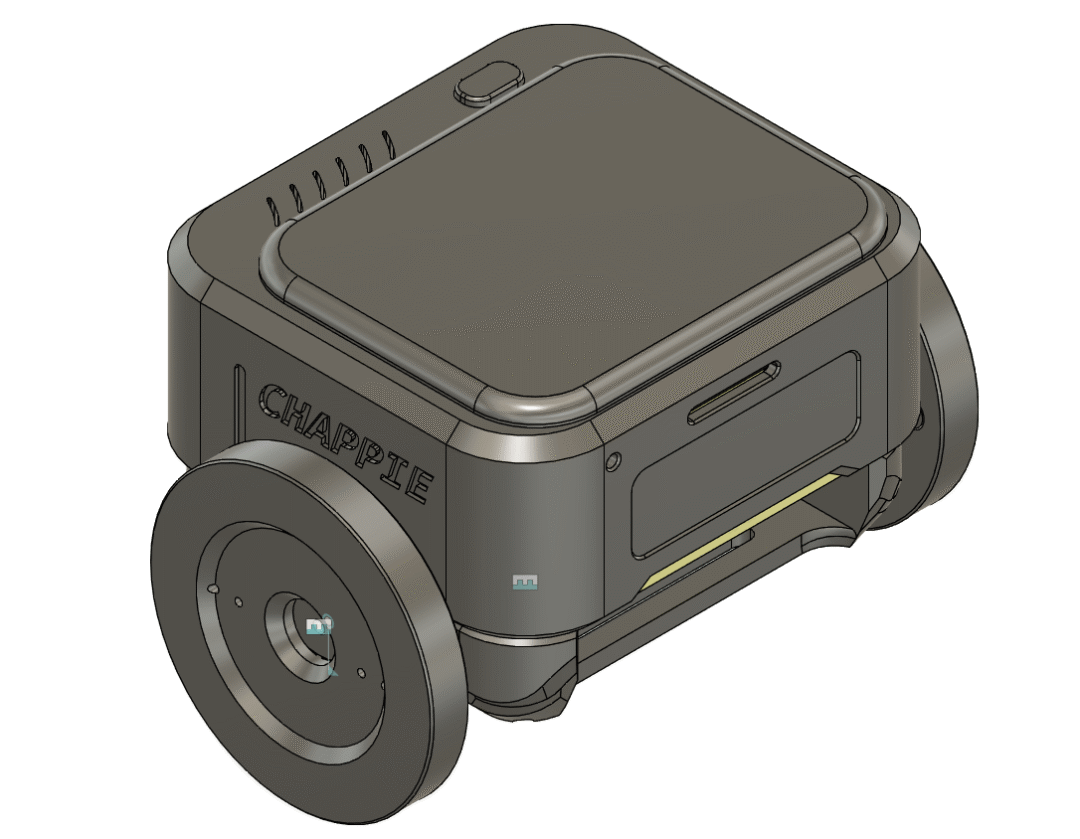
Program Section
The example is a PIO project, which takes some time to load after opening. Additionally, after downloading the LVGL library, some file replacements need to be made, which are detailed in the README of the library.
The library includes a basic BSP library based on Arduino, with touchscreen drivers and LVGL porting, as well as SD card initialization, etc.

Simply referencing it allows testing of the LVGL demo program.
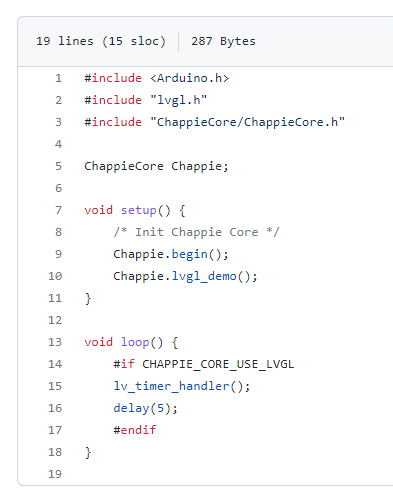
In addition, IcingTomato has uploaded an optimized Wi-Fi video transmission example,

PCB Diagram & BOM
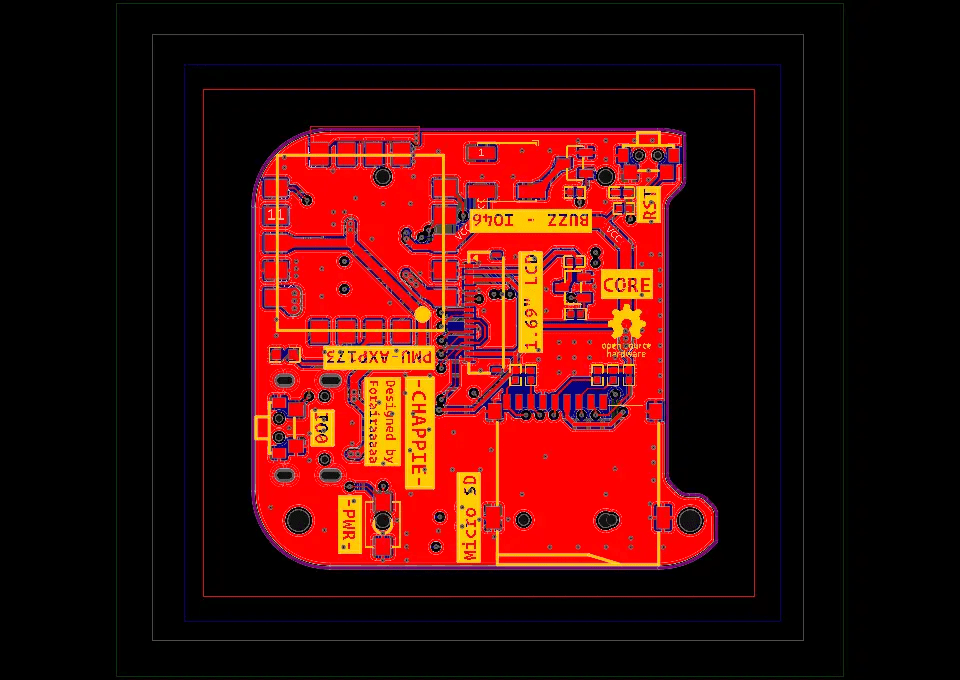
The BOM can be viewed in the original text: <span>https://oshwhub.com/eedadada/chappie_oshw</span>
Original text address: https://oshwhub.com/eedadada/chappie_oshw
Project author: Forairaaaaa
First published in: Lichuang Open Source Square
Please indicate the source information when reprinting
Hardware Arsenal
Long press to scan the code for details👆

DFRobot Official Brand Store https://dfrobot.taobao.com/
DFRobot Official Flagship Store https://dfrobot.jd.com/
If you have anything to say, feel free toleave a message!
Previous Project Review
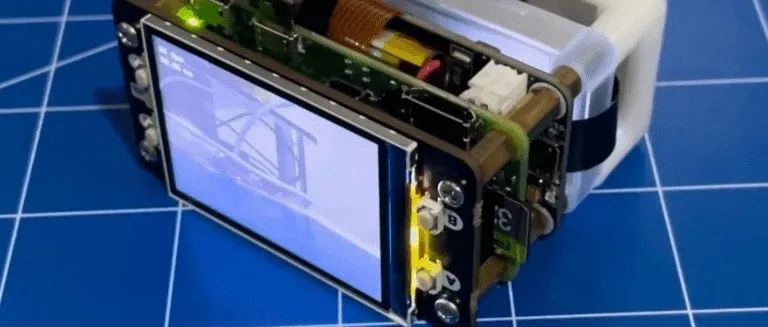
Mini AI Camera Based on Raspberry Pi Zero 2 W (with Coral USB Accelerator)
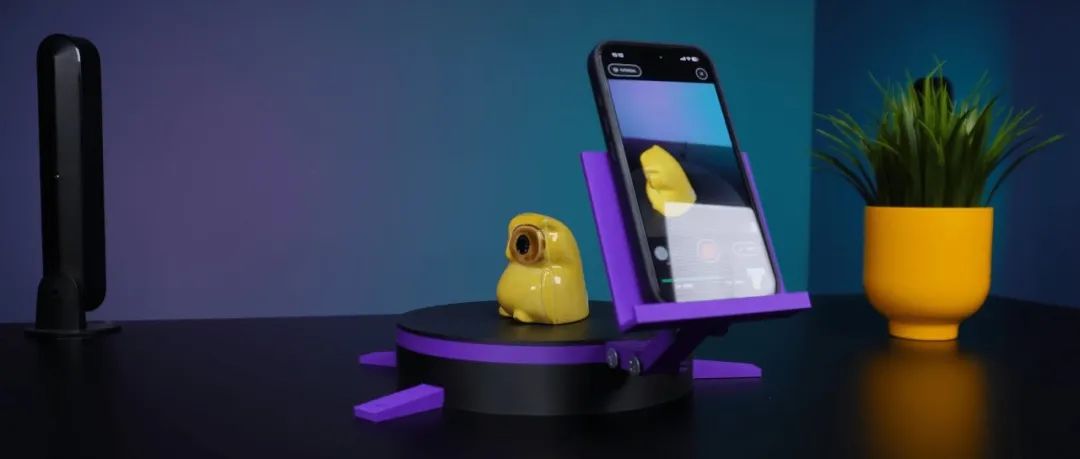
How to Make an Electric 3D Scanning Turntable for Mobile Phones
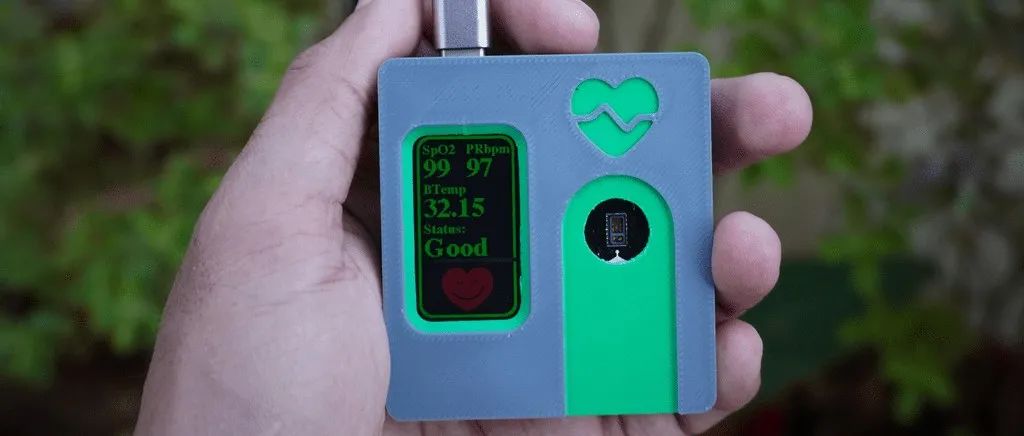
[Practical Guide] DIY AI Blood Oxygen Monitor with FireBeetle ESP32-S3, Unlocking New Health Monitoring Skills!
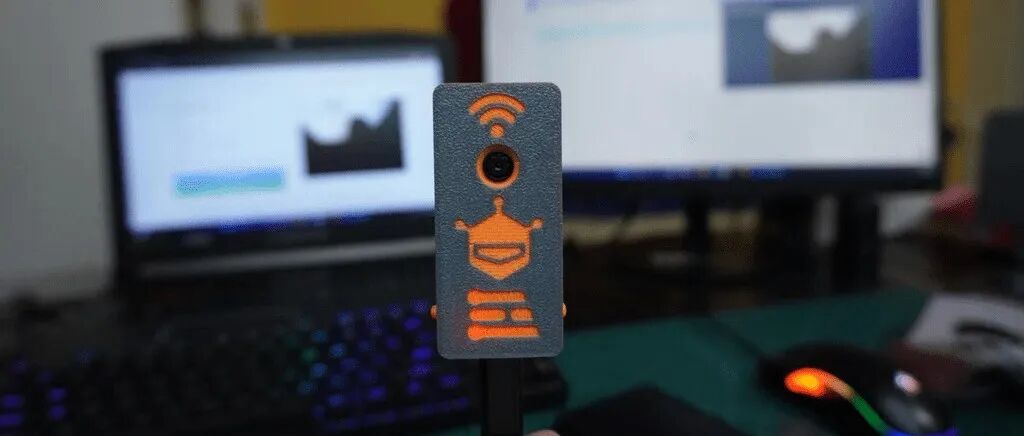
[Practical Guide] Low-Cost + Low-Threshold to Play with ESP32 Edge AI Vision Camera!
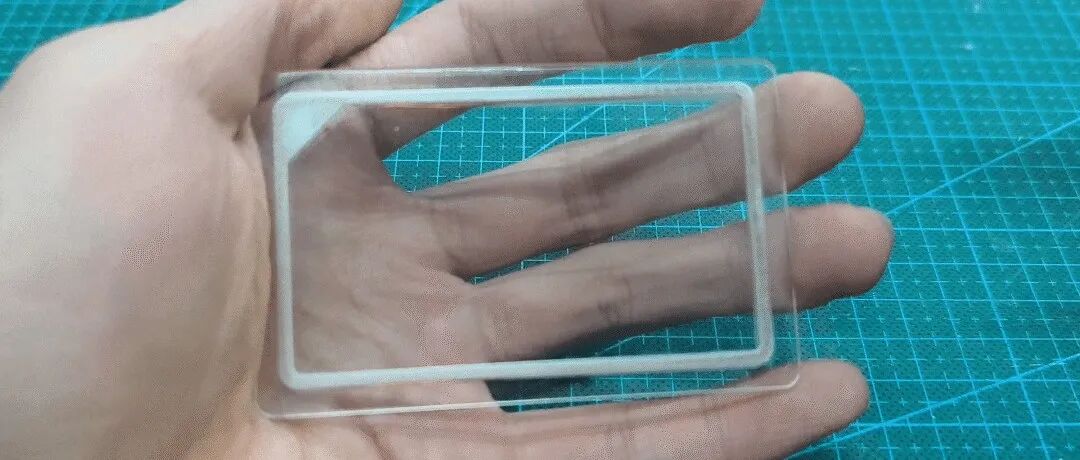
Is your campus card too ugly? Make a transparent IC campus card!
Click to read👆